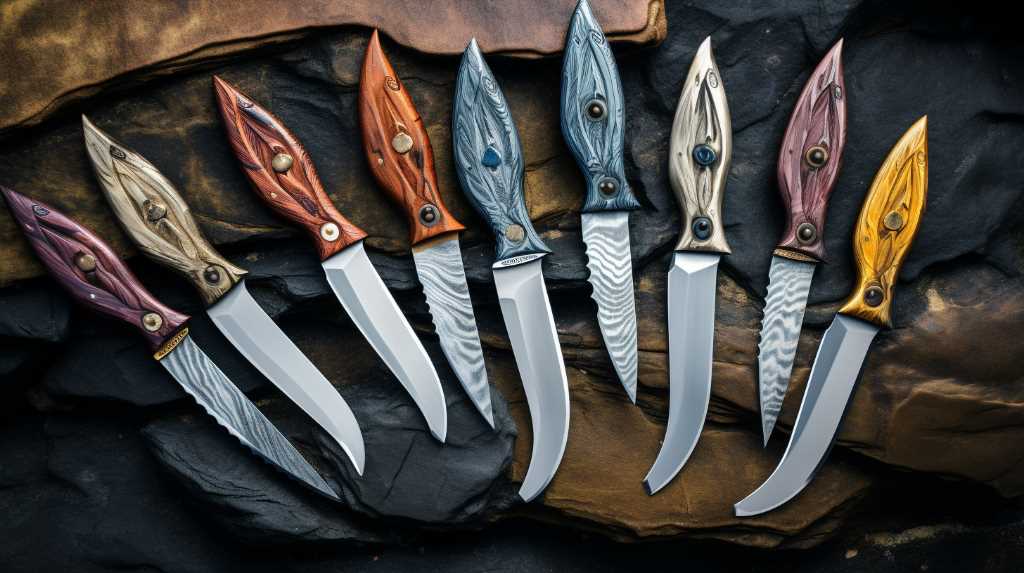
Throwing knives are essential tools for both recreational and professional purposes. Their performance relies heavily on the materials used in their construction. This article aims to provide a comprehensive analysis of the pros and cons associated with utilizing various materials for crafting throwing knives.
Some commonly used materials for throwing knives include stainless steel, carbon steel, titanium, plastic, wood, and composites. Each material has its own advantages and disadvantages when it comes to factors such as durability, weight, cost, and maintenance.
Stainless steel is a popular choice for throwing knives due to its corrosion resistance and durability. However, it can be heavier than other materials, which may affect accuracy and distance when throwing.
Carbon steel is known for its strength and sharpness, making it a preferred choice for professional throwers. However, it requires regular maintenance to prevent rusting.
Titanium is a lightweight material that offers excellent balance and precision. It is also highly resistant to corrosion. However, it can be more expensive compared to other materials.
Plastic is a cost-effective option for beginners and casual throwers. It is lightweight and easy to handle. However, it may not be as durable as other materials and may break or chip with frequent use.
Wooden throwing knives have a traditional appeal and are often used in recreational settings. They are lightweight and have a natural feel. However, wood is susceptible to damage from moisture and impact.
Composites, such as fiberglass, offer a combination of strength and flexibility. They can provide a good balance between durability and weight. However, they may not offer the same level of sharpness as metal knives.
By examining these factors, readers will gain valuable insights and make informed decisions regarding their preferred choice of material for throwing knives.
Key Takeaways
- Stainless steel offers excellent corrosion resistance and durability, but it can be heavier compared to other materials.
- Carbon steel provides strength and sharpness, but it requires regular maintenance to prevent rusting.
- Titanium is lightweight and corrosion-resistant, but it can be more expensive than other options.
- Plastic is lightweight and affordable, but it lacks durability and sharpness.
Durability
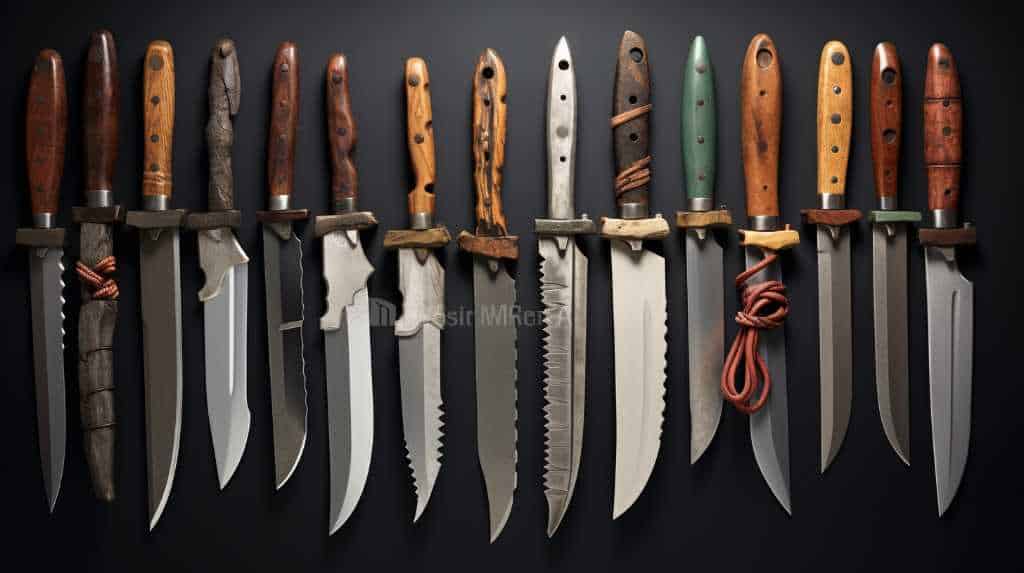
Due to its high tensile strength and resistance to corrosion, stainless steel is often preferred for making throwing knives, making it a durable choice for enthusiasts.
Stainless steel, an alloy of iron, carbon, and chromium, exhibits exceptional hardness and toughness, enabling it to withstand the repetitive stress and impact associated with throwing knives. Its high tensile strength ensures that the knives retain their shape, even when subjected to intense force.
Additionally, stainless steel's resistance to corrosion prevents the knives from rusting or deteriorating over time, ensuring their longevity. This durability makes stainless steel throwing knives suitable for prolonged use, reducing the need for frequent replacements.
Moreover, the material's non-reactive nature ensures that the knives maintain their performance and appearance, even in harsh environments.
Overall, stainless steel is an excellent choice for throwing knife enthusiasts who prioritize durability and long-term usability.
Weight
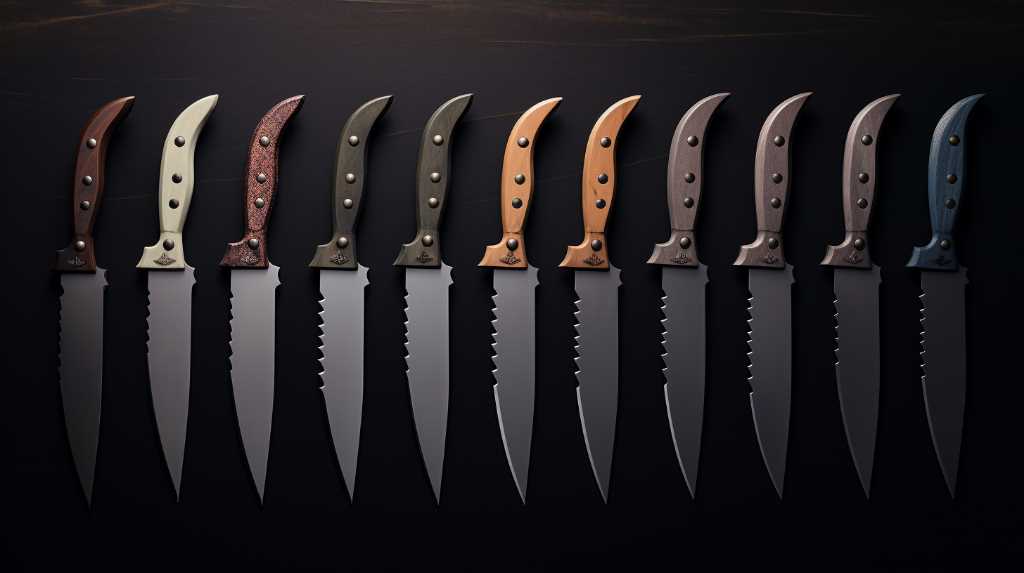
When considering the weight of throwing knives, enthusiasts often weigh the advantages and disadvantages of various materials, such as stainless steel, carbon steel, titanium, plastic, wood, and composite materials. Each material offers its own unique characteristics that can affect the weight and performance of the throwing knife.
- Stainless Steel: Known for its durability and corrosion resistance, stainless steel is a popular choice. However, it tends to be heavier than other materials.
- Carbon Steel: Carbon steel provides excellent strength and sharpness, but it is also heavier than some alternatives.
- Titanium: Titanium is lightweight, making it ideal for those seeking a lighter throwing knife. However, it may lack the same level of durability as stainless or carbon steel.
- Plastic: Plastic knives are lightweight and affordable, but they may lack the same level of durability and sharpness as metal options.
- Wood: Wooden throwing knives offer a traditional aesthetic and are lightweight, but they may not be as durable or sharp as metal alternatives.
Considering these factors, enthusiasts must determine their priorities and choose a material that best suits their needs for weight and performance.
Cost
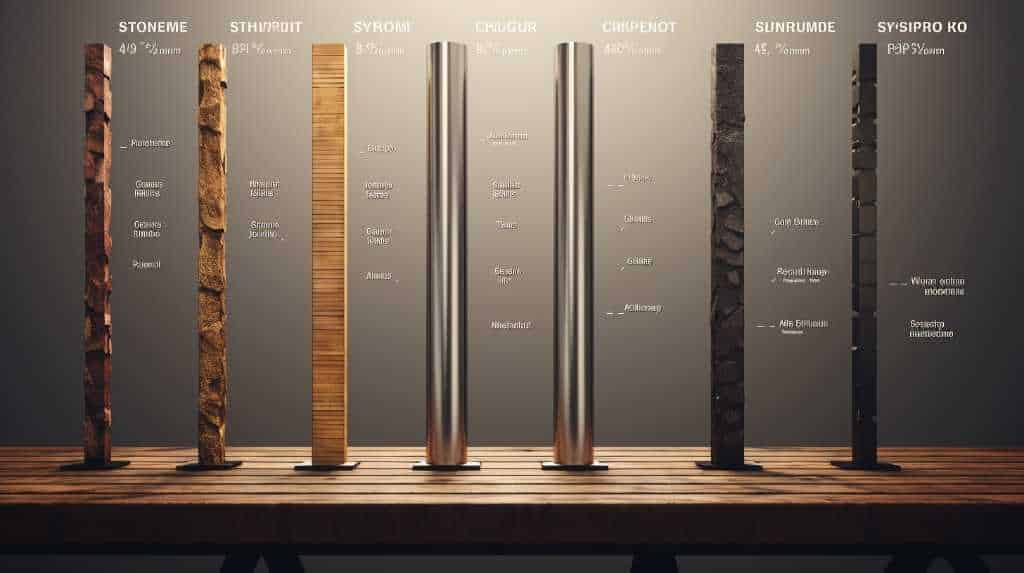
Our team is currently discussing the cost implications of using different materials for making throwing knives. We are considering factors such as stainless steel, carbon steel, titanium, plastic, wood, and composite materials.
The choice of material for throwing knives can significantly impact both the initial production cost and the long-term durability and performance of the knives.
Stainless steel, for instance, offers excellent corrosion resistance and strength, but it tends to be more expensive compared to carbon steel. Carbon steel, on the other hand, provides good toughness and sharpness retention at a relatively lower cost.
Titanium, although lightweight and corrosion-resistant, is often the most expensive option. Plastic and wood offer cost advantages but may lack the necessary strength and durability.
Composite materials, such as fiberglass-reinforced plastics, provide a balance between cost and performance.
Considering the cost implications is crucial in selecting the most suitable material for making throwing knives, as it directly impacts the overall value and satisfaction for the end-users.
Maintenance
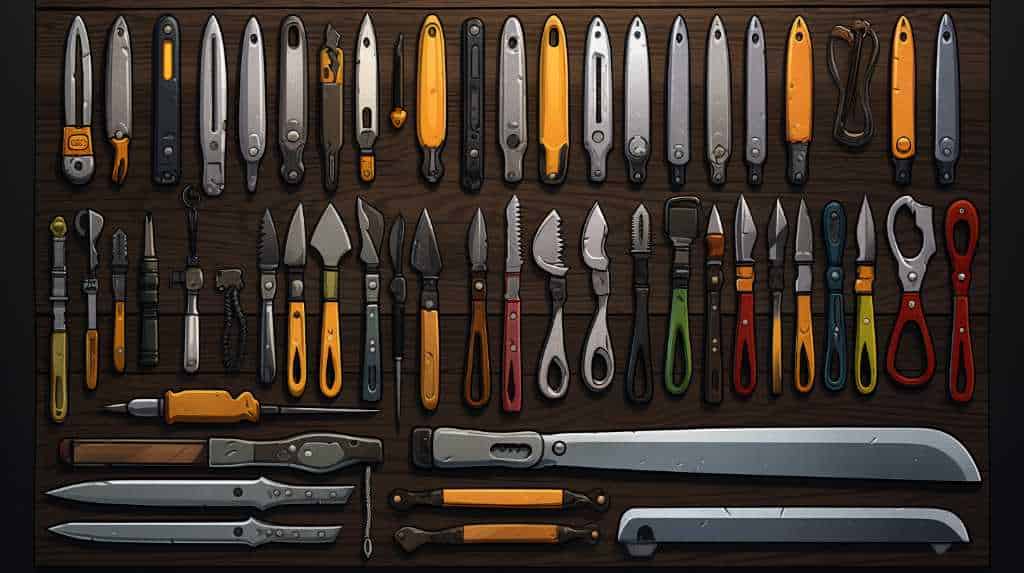
Regular and proper maintenance, as well as routine inspections, are essential to ensure the longevity and performance of throwing knives. They can be made from various materials such as stainless steel, carbon steel, titanium, plastic, wood, and composite materials.
- Stainless steel: Requires regular cleaning and oiling to prevent rust and maintain sharpness.
- Carbon steel: Prone to rust, necessitating frequent cleaning, oiling, and drying after each use.
- Titanium: Resistant to corrosion, but still requires cleaning and inspection to prevent damage.
- Plastic: Low maintenance, but prone to wear and tear, requiring regular inspection for cracks or breaks.
- Wood: Needs regular cleaning, oiling, and inspection to prevent moisture damage and maintain structural integrity.
Proper maintenance ensures that throwing knives remain safe and effective for use. Neglecting maintenance can lead to decreased performance, increased risk of accidents, and shortened lifespan of the throwing knives. By prioritizing maintenance, users can maximize the longevity and performance of their throwing knives, providing them with a reliable tool for liberation.
Comparison of Materials
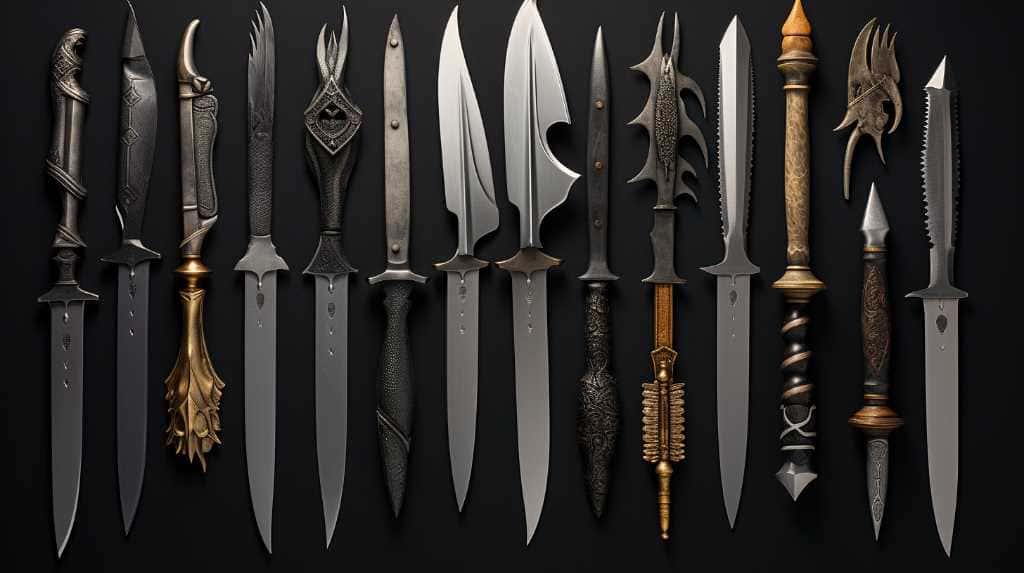
Furthermore, the comparison of materials highlights the advantages and disadvantages of stainless steel, carbon steel, titanium, plastic, wood, and composite materials for making throwing knives.
Stainless steel is known for its corrosion resistance and durability, making it a popular choice among knife manufacturers. However, it can be heavier and more expensive compared to other materials.
Carbon steel, on the other hand, offers excellent sharpness and edge retention, but it is more prone to rust and requires regular maintenance.
Titanium is lightweight and strong, but it can be expensive and difficult to work with.
Plastic is lightweight and affordable, but it may lack the durability and strength needed for throwing knives.
Wood provides a traditional and aesthetic appeal, but it may not be as durable as metal materials.
Composite materials offer a combination of properties, but their performance can vary depending on the specific composition.
Frequently Asked Questions
Are Throwing Knives Made of Composite Materials More Resistant to Corrosion Compared to Stainless Steel or Carbon Steel?
Composite materials for making throwing knives offer enhanced resistance to corrosion compared to stainless steel or carbon steel. This is due to the combination of different materials, providing a barrier against moisture and environmental factors that can cause corrosion.
Can Throwing Knives Made of Plastic or Wood Be Used for Professional Throwing Competitions?
Throwing knives made of plastic or wood are generally not used in professional throwing competitions due to their lack of durability and performance. Stainless steel, carbon steel, and titanium offer better strength, balance, and precision.
Are There Any Specific Safety Concerns or Precautions to Be Aware of When Using Titanium Throwing Knives?
Specific safety concerns and precautions when using titanium throwing knives include ensuring proper handling to avoid injury, as the material's hardness can result in rebound and unpredictable flight patterns. Regular inspection for cracks or damage is also recommended.
What Types of Maintenance Are Typically Required for Throwing Knives Made of Titanium or Composite Materials?
Maintenance for throwing knives made of titanium or composite materials typically includes regular cleaning, inspection for damage or wear, and sharpening as needed. It is important to follow manufacturer guidelines and consult professionals for proper maintenance techniques.
Are There Any Environmental Considerations or Sustainability Factors Associated With Using Stainless Steel, Carbon Steel, or Composite Materials for Making Throwing Knives?
When considering the environmental and sustainability factors associated with stainless steel, carbon steel, and composite materials for making throwing knives, it is important to evaluate their production processes, recyclability, and potential impact on ecosystems and resources.
Conclusion
In conclusion, when considering the materials for making throwing knives, each option has its own set of pros and cons.
Stainless steel offers durability and low maintenance but may be heavier and more expensive.
Carbon steel provides a balance between durability and weight but requires regular maintenance.
Titanium is lightweight and durable but comes with a higher cost.
Plastic offers affordability but lacks durability.
Wood provides a unique aesthetic but may not be as durable.
Composite materials offer a combination of different qualities but may be pricier.
Ultimately, the choice of material depends on individual preferences and requirements.

